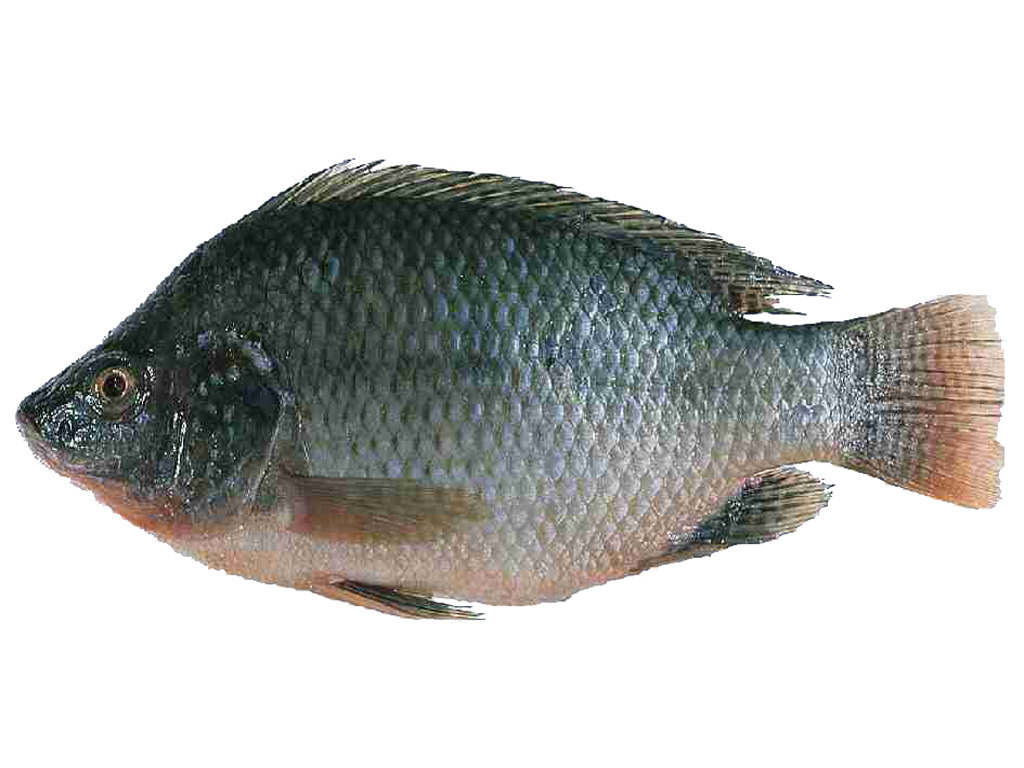Tilapia Parvovirus | 20 Oct 2023
Why in News?
India has witnessed its first encounter with Tilapia Parvovirus (TiPV), in Tamil Nadu causing a significant impact on the country's aquaculture.
- This virus has been reported in farm-bred tilapia, a freshwater fish species, and has raised concerns due to its high mortality rates.
What is Tilapia Parvovirus?
- About:
- TiPV is a viral pathogen that primarily affects tilapia.
- It belongs to the Parvoviridae family, known for its small, non-enveloped, single-stranded DNA viruses.
- Emergence and Impact
- First reported in China in 2019 and Thailand in 2021. India is the third country to report the occurrence of TiPV.
- TiPV has caused mortality rates ranging from 30% to 50% on fish farms.
- In laboratory settings, it has led to 100% mortality, highlighting its devastating impact.
- First reported in China in 2019 and Thailand in 2021. India is the third country to report the occurrence of TiPV.
- Consequences of TiPV Outbreak:
- TiPV outbreak can also pose a threat to the biodiversity and ecology of freshwater bodies as tilapia is an invasive species that can compete with native fish for food and space.
- TiPV outbreak can also affect the food security and nutrition of the people who depend on tilapia as a source of protein and income.
What are the Key Facts About Tilapia Fish?
- About:
- Tilapia Farming in India:
- Tilapia farming is carried out in various parts of the country, particularly in Andhra Pradesh and Kerala.
- The introduction of different tilapia species, including Nile tilapia and Mozambique tilapia, has led to diverse farming practices.
- Nile tilapia, introduced in the 1970s, is favoured for its larger size and scale of cultivation.
- Mozambique tilapia, referred to as "Jilabi" in Tamil, was introduced to Indian freshwater bodies in the 1950s.
- Mozambique Tilapia is known for its adaptability to low-oxygen levels in water. It can survive in a variety of aquatic environments.
- The Indian government authorized the import of specific tilapia species, namely Oreochromis niloticus and red hybrids, in 1970. These species were favored for their fast growth and market demand, maintaining a level of control over the aquaculture.
UPSC Civil Services Examination, Previous Year Questions (PYQ)
Prelims
Q. The release of which one of the following into ponds and wells helps in controlling mosquitoes? (2008)
(a) Crab
(b) Dogfish
(c) Gambusia fish
(d) Snail
Ans: (c)
Exp:
- The western mosquitofish (Gambusia affinis) and eastern mosquitofish (Gambusia holbrooki) are a species of freshwater fish, known commonly as mosquitofish or by its generic name, Gambusia, or by the common name gambezi.
- It survives in all kinds of water, thereby it is widely used to curtail the mosquito menace.
- Each Gambusia consumes over 250-300 mosquito larvae a day.
- It was first detected in Italy in 1931 that Gambusia consumes mosquito larvae.
- Larvicidal fish such as gambusia and lebistes (guppies) are stated to be very effective in controlling the breeding of mosquitoes without disturbing the ecological balance.
- Therefore, option (c) is the correct answer.

